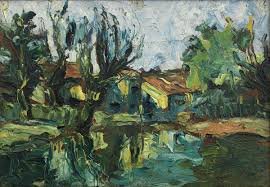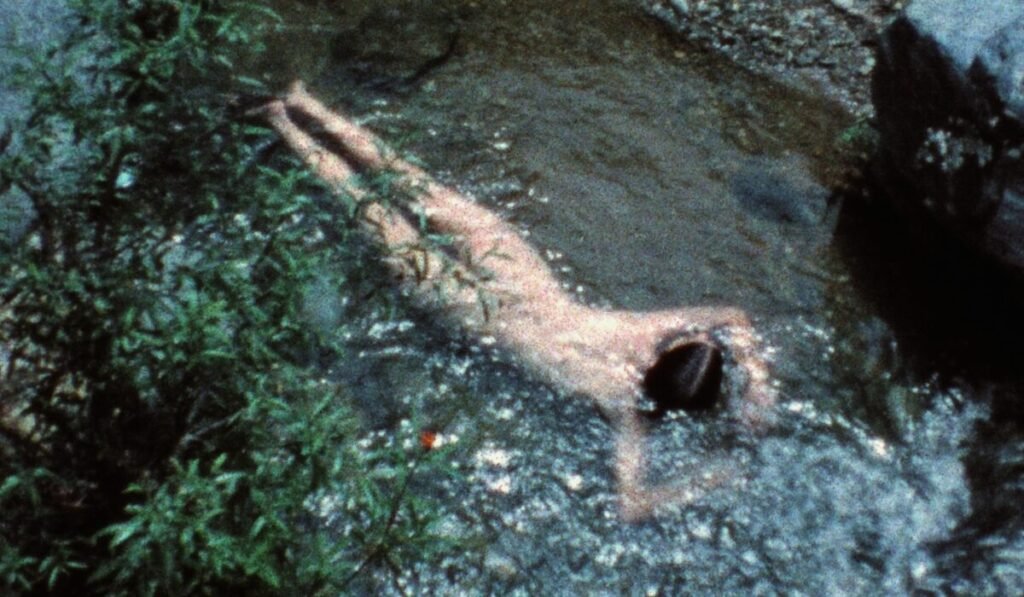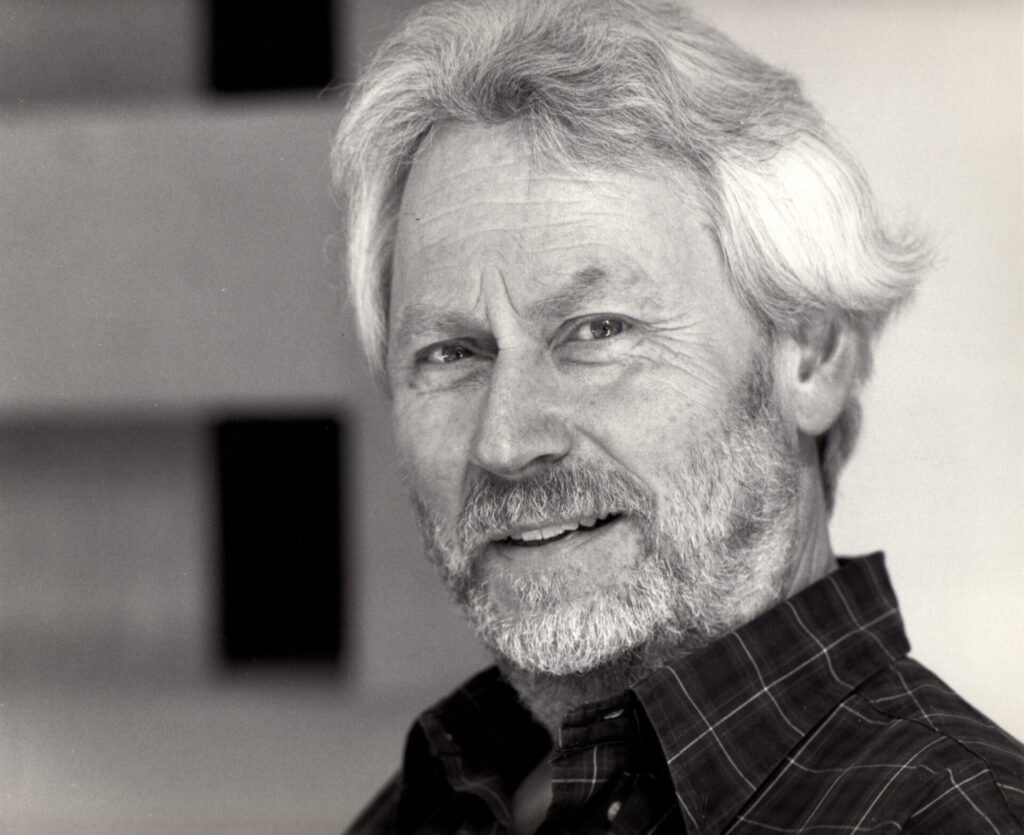The work of Iberê Camargo holds a unique place in the history of Brazilian art. His career spans various languages and periods but always maintains the same pulse: the conviction that painting is not a mere formal exercise, but a battlefield.
Born in Restinga Seca, Rio Grande do Sul, in 1914, Iberê brought to the canvas the density of experience, the weight of memory, and the violence of a non-conforming subjectivity. His painting does not seek to please; it seeks to unsettle.
Spools and the Density of Matter in the Work of Iberê Camargo
His early works reveal the presence of the figure, but with a tension that already displaces it from a serene portrayal. In the 1960s, his series of Spools (Carretéis) emerged, perhaps his most emblematic images: simple, everyday objects, yet laden with existential weight.

The spool is not just a sewing tool but a sign of entanglement and repetition. The banality of the object is elevated to the status of an emblem, condensing life’s anguish. This obsession is not accidental. In Iberê’s work, every gesture carries the tension of someone who avoids easy solutions.
The canvas is a territory of struggle, where the artist deposits the energy of a body in confrontation. Broad strokes, the use of a spatula, and the density of the paint create rough, almost violent surfaces. It is painting that does not want to be decorative, but a radical experience.
The Tragic Legacy and the Permanence of His Painting
Towards the end of his life, this intensity did not wane. His last series—such as the Cyclists (Ciclistas) or the Ages of Man (Idades do Homem)—show an artist who continued to seek in the pictorial gesture a way to confront time.
The cyclists are a metaphor for the human condition: continuous movement and an uncertain destiny. There is a tragic sense of existence in Iberê’s work, but this tragedy is not resignation; it is an affirmation of life in its rawest dimension. For Iberê, to paint is to insist and to resist.
Today, the legacy of Iberê Camargo is recognized in museums and at the Foundation that bears his name in Porto Alegre. There, one perceives that his work does not belong to the past but continues to challenge those who encounter it. In every canvas lingers the fundamental question: how to sustain life in the face of its fragility? Iberê answered with paint, gesture, and struggle.



